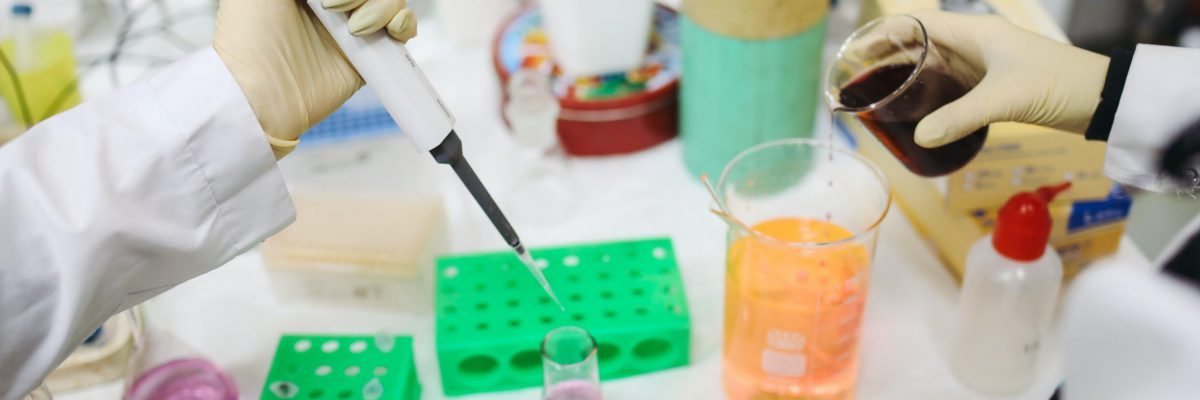In the previously published first part of this article, I reviewed the genetic testing method through the use of a pcr test. However, an additional method exists to test whether a person has already contracted, is currently sick or has recovered from the Coronavirus. This test, called the serological testing method, checks our bodies for antibodies that our bodies produced to battle the virus. These antibodies would exist in anyone who has had COVID-19.
Antibodies are the guided missile of the immune system. An antibody is a large protein in the form of the letter Y (see figure), which consists of two parts. A variable part and a fixed part. The variable part has the ability to bind other molecules strongly and is tailored to fit to specific shapes. That is, the antibody’s linking apparatus matches the structure of a particular molecule and binds it. This is used to bind pathogens such as viruses, bacteria or toxins in the body. Each antibody specializes in a particular pathogen. It is important to emphasize that after the antibody is created, the variable part does not change again. In contrast, the fixed part of the antibody is identical in all antibodies regardless of the pathogen they are attacking.
The antibody can function in one of two ways:
- It itself neutralizes a pathogen: For example, if the pathogen is a particular toxin, a small molecule, the antibody binds to it and can counteract its toxicity. Another example is when the antibody binds to a virus and prevents it from entering the cell. In order to enter the cell the virus needs a binding spot to gain access. If that same spot is bound to the antibody, the virus can no longer enter the cell.
- The antibody acts like a laser marker to guide other missiles: The antibody signals to other soldiers in the immune system that this is an invader, which needs to be eliminated. The binding of the antibody to the virus recruits other immune cells that either swallow the invader or eliminate it.
So when we want to check if a certain person has ever encountered a specific disease, we can test that person for specific antibodies.
The testing method requires a blood sample from a person suspected of having contracted the viral disease. That sample is mixed in vitro (in the lab) with the virus proteins. If the blood sample contains the specific antibody for the virus, it will bind to it tightly. When we wash the test tube out, the antibody will not wash away and will be found to exist in the sample.
In order to identify the amount of antibodies in the blood sample, we use the fixed part of the antibody-the part that is identical in all antibodies and does not bind to the pathogen. New proteins or antibodies that can bind to the fixed part of our original blood sample antibody are used. These are marked with a color, a flag of sorts that can be easily spotted. After further washing, if color remains in the test tubes the test is conclusive, the sample contains an antibody that binds to the viral protein that was mixed in with the blood sample. In this way, you can tell whether a person has been in contact with a virus and also conclude whether the immune response was strong or weak, i.e. whether the person has produced many copies of the antibody against this specific virus, according to the amount of color appearing in the test tube.
As far as the Coronavirus is concerned, the serological testing method can provide information as to how many people were actually infected, how strong was the immune response and can people contract it again. By using this testing method decisions can be made regarding easing isolation for vaccinated people. Also people with large amounts of antibodies can donate plasma for antibody harvesting to treat other patients.





